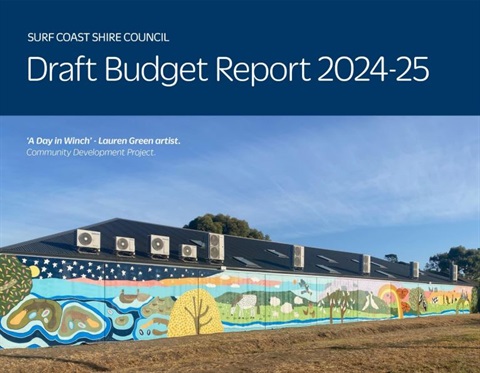Speaking on the eve of World Food Day (October 16), Sustainable Population Australia (SPA) President Jenny Goldie says there is little hope of achieving Sustainable Development Goal 2 (SDG2) – Zero Hunger – by 2030 if global population continues its inexorable rise.
According to the World Food Programme, up to 811 million people have insufficient food, of whom at least 155 million in 55 countries faced acute hunger in 2020.
Currently, world population is 7.9 billion people and increases by 81 million a year.

“Global hunger declined for two decades until 2015 when started to rise again,” says Ms Goldie. There are many reasons for this: conflict, climate change and poverty, but all are exacerbated by rapid population growth. It is this that has made the problem so intractable despite all our efforts.
“It is much harder to deal with acute hunger caused by conflict in countries such as Yemen and Afghanistan, for instance, when there is an ever-growing number of mouths to feed. Both countries have population growth rates of 2.3 per cent, with average fertility more than four children per woman.
“Another country beset by recent violence and acute hunger is the Democratic Republic of Congo where the population growth rate is 3.1 per cent, or 5.7 births per woman.”
Ms Goldie says climate change is having an impact on food production with worsening droughts, floods and cyclones.
“The root cause of climate change, however, is too many people consuming too much and creating too many wastes. Mitigating climate change is made more difficult with an extra 80 million or more people each year, along with the two billion people who are trying to lift themselves out of poverty.
“Indeed, there is mounting evidence that the size of the whole of the human enterprise has exceeded the capacity of the planet. What applies to food applies equally to every other resource used by humanity,” says Ms Goldie.
“Population growth creates a circular crisis. The more people there are, the more food is required, the more emissions from agriculture and land clearing, the more climate change undermines food production.
“The Intergovernmental Panel on Climate Change (IPCC) says that about 21-37 per cent of total greenhouse gas (GHG) emissions are attributable to the food system. These emissions are harder to eliminate than shifting our electricity supply to renewables.
“Ironically, efforts to increase food production are damaging agricultural ecosystems rather than increasing their long-term productivity. For example, groundwater withdrawn for irrigation is rapidly falling in many places and the overuse of fertilisers and pesticides is degrading the soil, killing pollinators and polluting waterways. Such methods are unsustainable yet a growing population demands increasingly intensive farming.
“Reducing soil degradation, meat consumption and food waste are all necessary to ease the environmental strains, but they are only buying time to end population growth.
“Population growth can be slowed, then ended, through universal access to family planning, girls’ education, and equality for women.”
Sustainable Population Australia is organising the Fenner Conference on Environment called “Making Australian agriculture sustainable” on March 17 and 18, 2022. See https://www.sustainableag.org.au/








